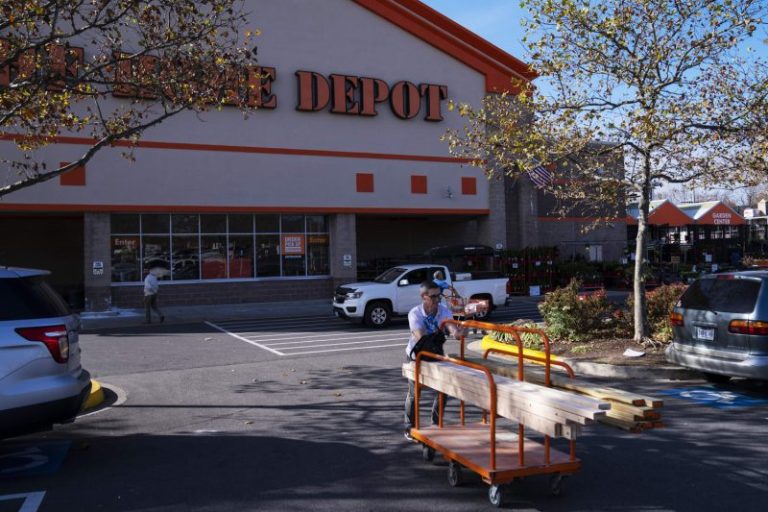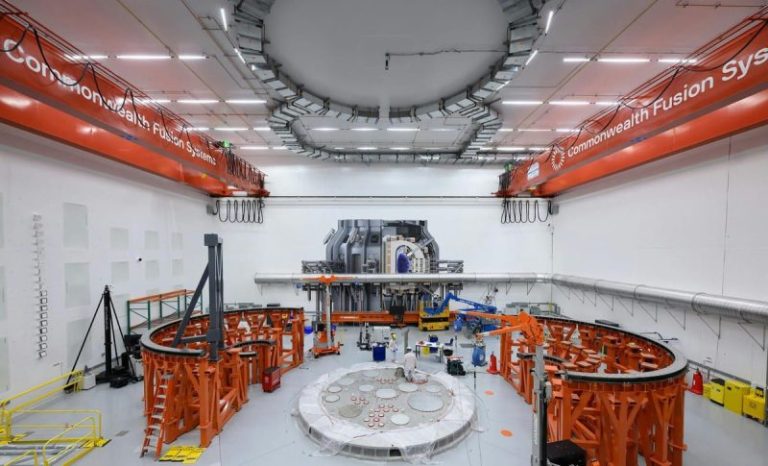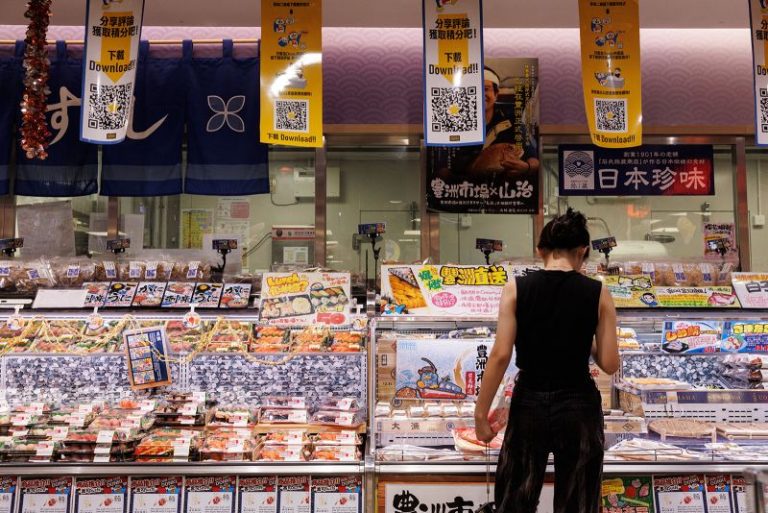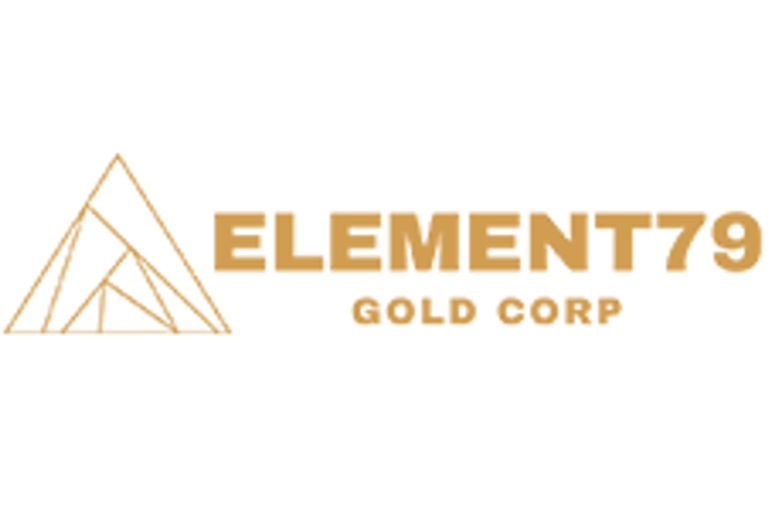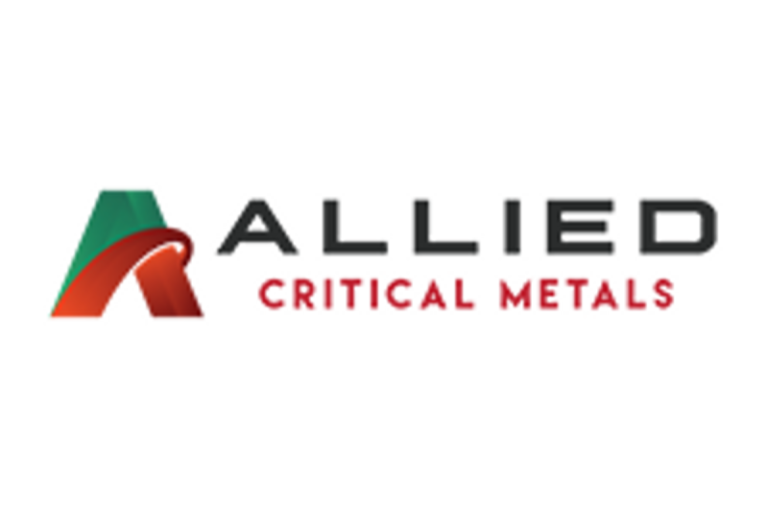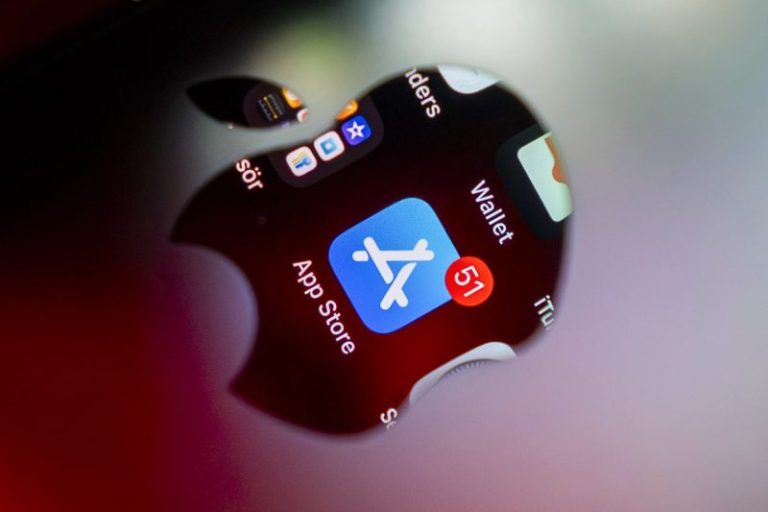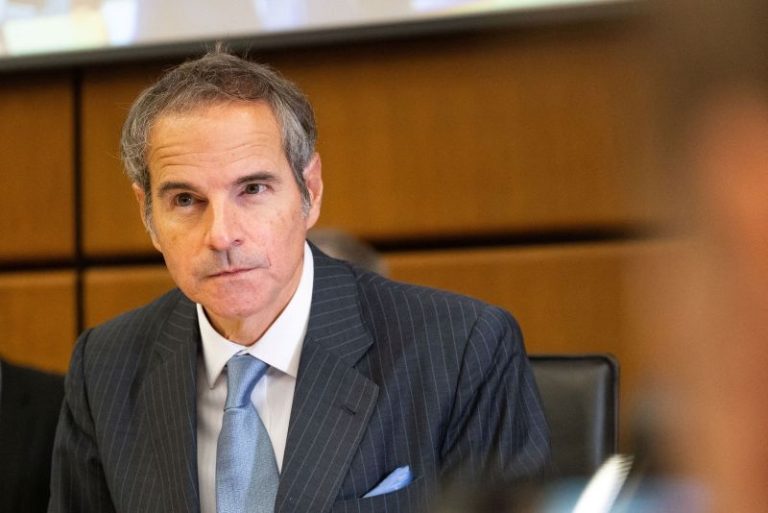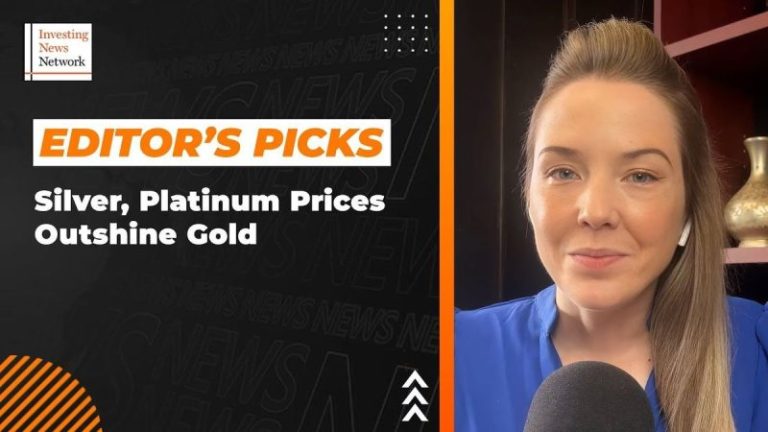Riot police fired tear gas at thousands of anti-government protesters in Serbia’s capital on Saturday.
The major rally in Belgrade against Serbia’s populist president, Aleksandar Vucic, was called to back a demand for an early parliamentary election.
The protest by tens of thousands was held after nearly eight months of persistent demonstrations led by Serbia’s university students that have rattled Vucic’s firm grip on power in the Balkan country.
The huge crowd chanted “We want elections!” as they filled the capital’s central Slavija Square and several blocks around it, with many unable to reach the venue.
Tensions were high before and during the gathering. Riot police deployed around government buildings and close to a camp of Vucic’s loyalists in central Belgrade. Skirmishes erupted between riot officers and groups of protesters near the camp.
“Elections are a clear way out of the social crisis caused by the deeds of the government, which is undoubtedly against the interests of their own people,” said one of the students, who didn’t give her name while giving a speech on a stage to the crowd. “Today, on June 28, 2025, we declare the current authorities illegitimate.”
At the end of the official part of the rally, students told the crowd to “take freedom into your own hands.”
University students have been a key force behind nationwide anti-corruption demonstrations that started after a renovated rail station canopy collapsed, killing 16 people on Nov. 1.
Many blamed the concrete roof crash on rampant government corruption and negligence in state infrastructure projects, leading to recurring mass protests.
“We are here today because we cannot take it any more,” Darko Kovacevic said. “This has been going on for too long. We are mired in corruption.”
Vucic and his right-wing Serbian Progressive Party have repeatedly refused the demand for an early vote and accused protesters of planning to spur violence on orders from abroad, which they didn’t specify.
Vucic’s authorities have launched a crackdown on Serbia’s striking universities and other opponents, while increasing pressure on independent media as they tried to curb the demonstrations.
While numbers have shrunk in recent weeks, the massive showing for Saturday’s anti-Vucic rally suggested that the resolve persists, despite relentless pressure and after nearly eight months of almost daily protests.
Serbian police, which is firmly controlled by Vucic’s government, said that 36,000 people were present at the start of the protest on Saturday.
Saturday marks St. Vitus Day, a religious holiday and the date when Serbs mark a 14th-century battle against Ottoman Turks in Kosovo that was the start of hundreds of years of Turkish rule, holding symbolic importance.
In their speeches, some of the speakers at the student rally on Saturday evoked the theme, which was also used to fuel Serbian nationalism in the 1990s that later led to the incitement of ethnic wars following the breakup of the former Yugoslavia.
Hours before the student-led rally, Vucic’s party bused in scores of its own supporters to Belgrade from other parts of the country, many wearing T-shirts reading: “We won’t give up Serbia.” They were joining a camp of Vucic’s loyalists in central Belgrade where they have been staying in tents since mid-March.
In a show of business as usual, Vucic handed out presidential awards in the capital to people he deemed worthy, including artists and journalists.
“People need not worry – the state will be defended and thugs brought to justice,” Vucic told reporters on Saturday.
Serbian presidential and parliamentary elections are due in 2027.
Earlier this week, police arrested several people accused of allegedly plotting to overthrow the government and banned entry into the country, without explanation, to several people from Croatia and a theater director from Montenegro.
Serbia’s railway company halted train service over an alleged bomb threat in what critics said was an apparent bid to prevent people from traveling to Belgrade for the rally.
Authorities made similar moves back in March, before what was the biggest ever anti-government protest in the Balkan country, which drew hundreds of thousands of people.
Vucic’s loyalists then set up a camp in a park outside his office, which still stands. The otherwise peaceful gathering on March 15 came to an abrupt end when part of the crowd suddenly scattered in panic, triggering allegations that authorities used a sonic weapon against peaceful protesters – an accusation officials have denied.
Vucic, a former extreme nationalist, has become increasingly authoritarian since coming to power more than a decade ago. Though he formally says he wants Serbia to join the European Union, critics say Vucic has stifled democratic freedoms as he strengthened ties with Russia and China.
This post appeared first on cnn.com

